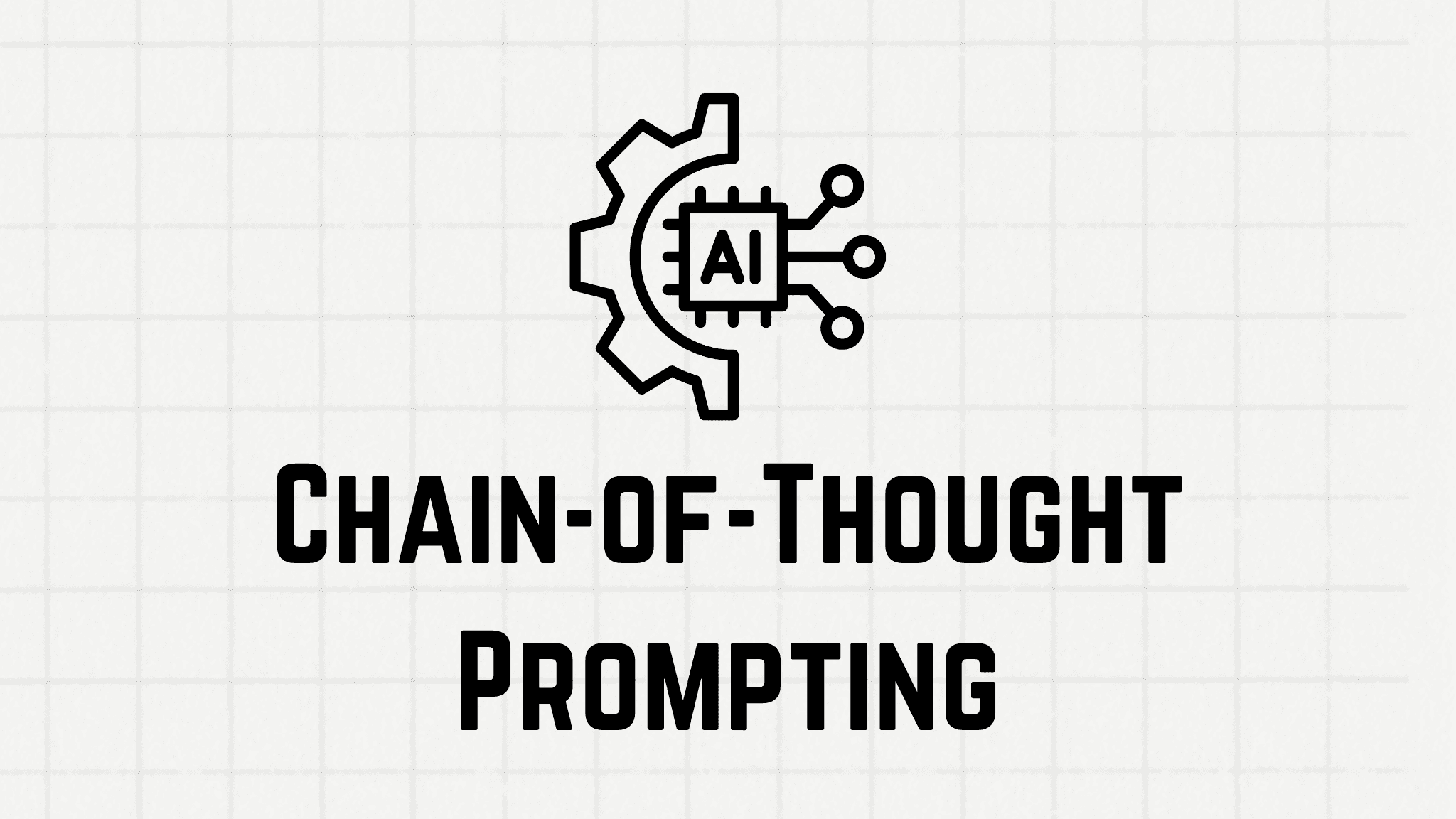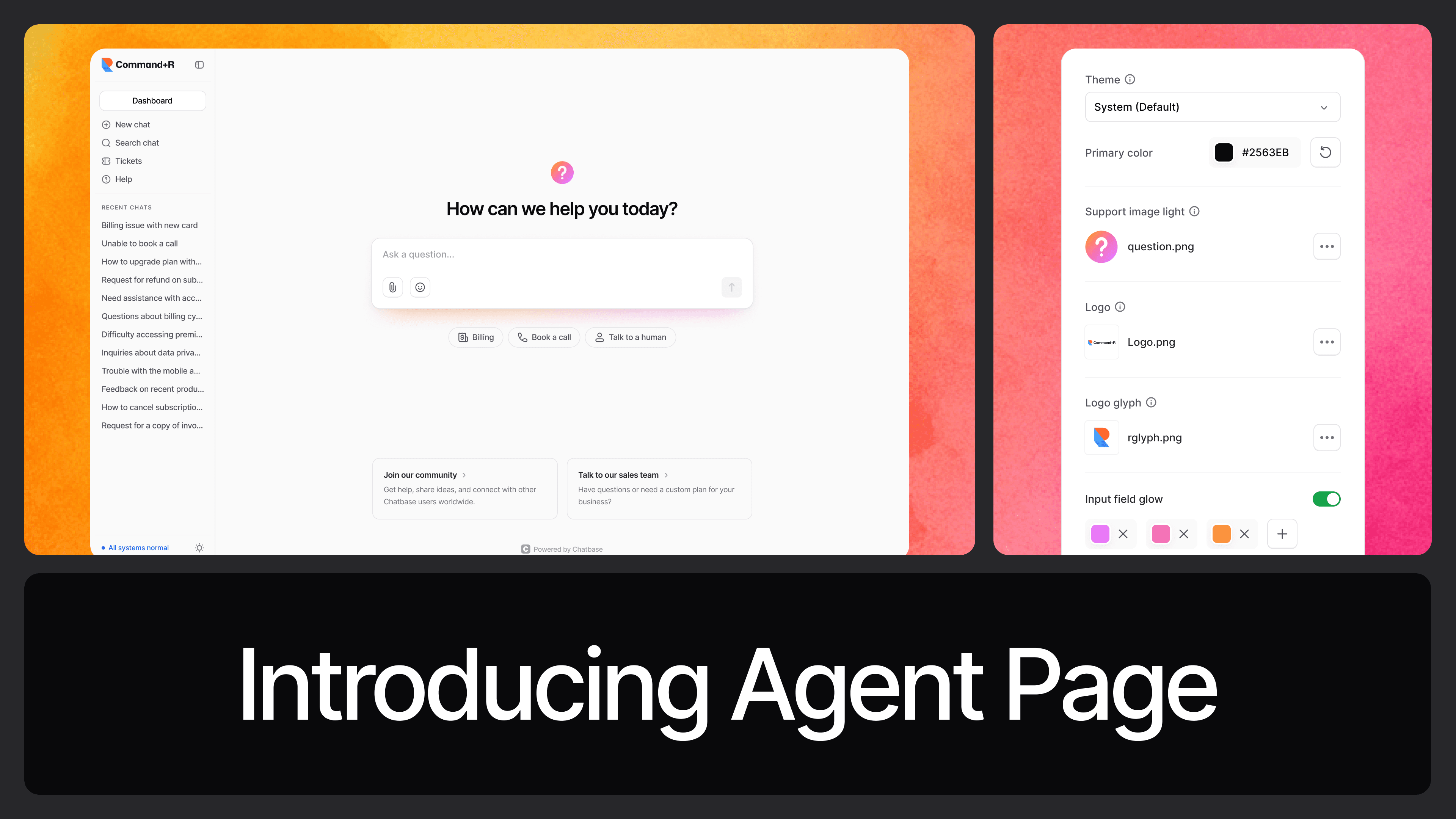What Is Chain-of-Thought Prompting?
Max T
Dec 24, 2024
10 min read

Chain-of-Thought Prompting.
What is it? How does it matter in AI, especially within the expanding field of prompt engineering? How does this concept shape our understanding and application of AI systems?
Let’s dive into it.
Let’s start with a relatable scenario. Let’s say you’re planning to build a brick house and you’re trying to find out how long it would take to complete it. Now, if you needed only one day to mold the bricks, say, two days to lay the bricks after molding and a day each for some final touches. Say one day for painting and one day for doing the electrical fittings—at a quick glance, you might conclude that in just five days, you’d have a complete house.
Easy, right?
But wait—is that really true?
In reality, there’s more at play. Molding bricks doesn’t just mean forming them; it means giving them time to dry and solidify, perhaps days more than you initially thought.
Similarly, laying the bricks isn’t just about stacking them up; the mortar between them needs time to set properly, ensuring stability. And when you’re pouring the foundation, it’s not merely a matter of laying cement. It needs time to settle and gain strength before you can safely build upon it. All these elements add time to the project, likely doubling or even tripling the days you initially calculated.
So, what seemed like a simple five-day task could, in reality, extend to several weeks once each step is thoroughly considered. This happens because, at first glance, you might have been tempted to jump to conclusions based on the immediate tasks.
But by slowing down, breaking down each stage, and analyzing it piece by piece, you gain a more realistic understanding.
Okay, this was a discussion about Chain-of-Thought (CoT) Prompting. So, how did we end up talking about building a brick house?
The concept behind this careful, step-by-step analysis before making a decision on how long it will take to complete a brick house is the essence of Chain-of-Thought Prompting. Rather than tackling a problem head-on with surface-level assumptions, CoT is about pausing to dissect each part of the problem methodically.
This approach to prompting helps AI systems generate deeper, more accurate responses by analyzing the full scope of a query before providing an answer.
By guiding AI models to “think” through each step, Chain-of-Thought Prompting helps AI models produce responses that are not just fast but also reflective, insightful, and precise—a powerful tool in the world of AI.
What is Chain-of-Thought Prompting?
In the world of large language models (LLMs), Chain of Thought Prompting is a technique that guides models to generate step-by-step responses to complex queries.
Instead of attempting to respond immediately, the model "thinks aloud," processing each part of the problem in sequence. This structured approach allows it to tackle multifaceted questions by considering each step logically—mimicking a thought process closer to human reasoning.
This technique is especially useful in scenarios where accuracy and clarity are crucial, such as when an LLM is used to solve mathematical problems, or simulate logical reasoning for software solutions or generate code.
Why Chain of Thought Prompting is Important in AI Applications
Chain of thought prompting changes the game. It doesn't just make the AI answer. It makes the AI think. Why does that matter?
Well, think about complex tasks—ones that require a step-by-step approach. Basic prompts often give basic answers. But what if the AI needs to solve a math problem? Or help a user make a logical decision? That’s where chain of thought prompting shines.
This approach pushes AI to go beyond surface-level responses. With chain of thought prompting, the model isn’t simply retrieving information. It’s analyzing, connecting dots, breaking problems into parts. Each step matters. Each thought matters.
It’s like giving the AI a roadmap. Instead of jumping to a conclusion, the model can walk through each stage of reasoning. Why is that powerful? Because this layered thinking mirrors how humans tackle complex issues. The AI takes on a new role—not just a responder, but a reasoner.
Consider real-world applications. Customer support chatbots, educational platforms, decision-making tools. They all need clear, logical responses that users can trust. Chain of thought prompting equips the AI with a toolkit to deliver those responses. It’s not about speed; it’s about precision.
Without chain of thought prompting, the AI’s answers can feel flat, too simple, even frustrating. Users might ask, "Did it really understand my question?" With this approach, we’re designing responses that show understanding, that feel authentic.
So, what’s the takeaway? Chain of thought prompting adds depth. It’s a bridge between question and solution. It’s how we get closer to AI apps that doesn’t just talk to users but engage with them, step by thoughtful step.
Techniques for Crafting Effective Chain-of-Thought Prompts
Crafting a chain of thought prompt is part art, part science. But it's all about guiding the AI's thinking. Developers who build AI-driven applications need this approach to get to the next level of interaction.
So, where do you start?
The core of chain of thought prompting lies in how you structure the AI’s “thought process.” It’s not enough to expect that when the AI is asked a question that it would provide a perfect answer. You want the model to work through the problem. Step by step. Let’s break down some techniques.
First, think about progressive reasoning. Instead of asking, “What’s the best solution to this issue?” try leading with smaller, more manageable questions.
Imagine a customer support bot tasked with troubleshooting a technical issue. Rather than diving into an immediate answer, guide it with a series of thought-provoking questions: “What’s the problem the user is describing? What symptoms are present? What initial steps can be recommended?”
Why is this technique so useful? It forces the AI to analyze, not just respond. It’s the difference between a quick answer and a considered, logical one.
Another powerful technique: context setting.
Setting context means laying out essential details the model needs to know before it begins its reasoning. In a customer support scenario, this could mean providing background on the issue type or user profile: “This customer has reported frequent issues with logging in. They’re using an outdated browser.”
This context primes the AI, helping it make connections that lead to a more accurate response. You’re essentially giving it clues—clues it can use to think deeper.
Then, there’s guided questioning.
With guided questioning, you layer questions in a way that mimics how a human would problem-solve. For instance, instead of simply asking, “What should I do if a user can’t log in?”, try a sequence: “Is there a problem with the user’s credentials? Has the browser cached an outdated session?”
This breakdown prompts the AI to explore each possibility, building a response that feels thorough and well-reasoned.
Why does this matter? Because the AI can get lost in complex issues without a guide. And as a developer, crafting these layers is how you steer it through the fog of ambiguity.
One last technique is modular prompts.
Here, you design prompts in a modular way, breaking down each step into smaller, reusable blocks. This is particularly helpful if your AI needs to handle a wide range of similar questions, like different support issues.
Imagine having a “troubleshooting” module that the AI can pull from whenever a customer reports a problem, and then layering additional modules based on context. This way, each “thought” is tailored, but still consistent.
When you’re building any AI application—think about each technique as a way of leading the AI toward logical reasoning. These aren’t just words on a screen; they’re pieces of thought.
Together, they create a roadmap. A chain of thought that doesn’t just stop at the answer but reveals the process. And that’s the true value: AI that not only provides solutions but shows how it got there.
How to Implement Chain of Thought Prompting in Your AI Application
Imagine you’re building an AI chatbot for a business and a customer comes along and asks, “Can I return an item if it’s been opened?”
Without chain of thought prompting, the AI might give a general answer like, “Please see our return policy.” But with a structured prompt, the AI can deconstruct the question and respond more thoughtfully. Here are some examples of how you could utilize CoT in your AI application.
Step 1: High-Level Reasoning Prompt
To begin, guide the AI to approach questions with a structured, high-level reasoning prompt. This tells the AI to first identify the key components of any query and then proceed step-by-step.
Prompt:
"When a user asks a question, identify the main goal of the question. Next, break down the query into parts or steps. Think through each part separately, one at a time. Provide answers or clarifications for each step, ensuring the user’s intent is addressed at each stage."
This broad prompt ensures the AI handles each question in stages. Instead of a single answer, it deconstructs the question, promoting a deeper understanding and response.
Step 2: Guided Reflection Technique
The guided reflection technique encourages the AI to pause and assess before responding. This could be helpful for questions that might have multiple possible interpretations or require additional information.
Prompt:
"Before answering, consider what details are needed to fully understand the user’s question. Ask yourself, 'What clarification would help me provide a precise answer?' If there are any gaps, ask the user clarifying questions. Reflect on each step before moving forward to ensure accuracy."
With this technique, the AI takes a reflective approach, pausing to ask clarifying questions as needed. This makes it adaptable to a broad range of topics, ensuring that it has enough information to provide a well-reasoned answer.
Step 3: Hypothetical Reasoning Approach
For complex or layered questions, guide the AI to use hypothetical reasoning. This involves proposing possible scenarios based on the question and working through each one to find the best response.
Prompt:
"When a user asks a complex question, think of potential scenarios that could apply. For example, ask, 'If the user’s situation is X, how would I respond? If it’s Y, what would be my answer?' Work through each hypothetical scenario until you reach a conclusion that best fits the question."
This prompt trains the AI to think through different possibilities. It doesn’t assume there’s a single “right” answer; instead, it helps the AI adapt to various contexts and respond accurately.
Step 4: Step-by-Step Question Breakdown
This approach encourages the AI to break down any question into smaller, manageable components. It can be useful for questions that require detailed, multi-part answers.
Prompt:
"For any question, break down the inquiry into individual parts. For each part, consider: 'What is the specific question here?' Answer each part separately. Then, summarize your overall answer based on these smaller responses."
This method teaches the AI to handle complex queries piece by piece, making it easier to tackle complicated questions in a structured way.
Step 5: Summary and Confirmation Prompt
Finally, instruct the AI to summarize and confirm its understanding before delivering a final answer. This reduces misunderstandings and reassures the user that the response is accurate.
Prompt:
"After gathering all relevant details, summarize what you’ve understood so far. State the main points of the user’s question back to them. For example, 'I understand that you’re asking about X, and you need clarification on Y and Z.' Confirm with the user if this is correct, and then provide a final answer."
This prompt enables the AI to validate its response, ensuring it fully aligns with the user’s intent.
By building chain of thought prompts into your AI application, you create a chatbot that doesn’t just respond—it reasons. Each prompt serves as a guide, helping the AI break down complex issues, ask meaningful follow-up questions, and ultimately provide a more satisfying experience for the user.
Try Chain of Thought Prompting with Chatbase
Chain of thought prompting is more than just a tool—it’s a transformative approach in prompt engineering that can help AI tools respond thoughtfully and systematically.
Whether you’re developing a customer support chatbot, an e-commerce assistant, or an AI application for complex user inquiries, CoT prompting can elevate the quality of responses and make interactions feel truly insightful.
With Chatbase, you have a powerful platform to put this technique into action. Imagine an AI that breaks down complex questions from your customers—whether they’re asking about intricate return policies, product specifications, or personalized recommendations.
By guiding the AI to think in steps, Chatbase enables you to craft a chatbot that responds not just accurately but with depth and clarity.
If you're ready to see how CoT prompting can enhance your AI's capabilities, sign up with Chatbase today and start experimenting.
Create prompts, add layers of reasoning, and see firsthand how this approach can transform your AI interactions and bring real value to your customers.
Share this article:







